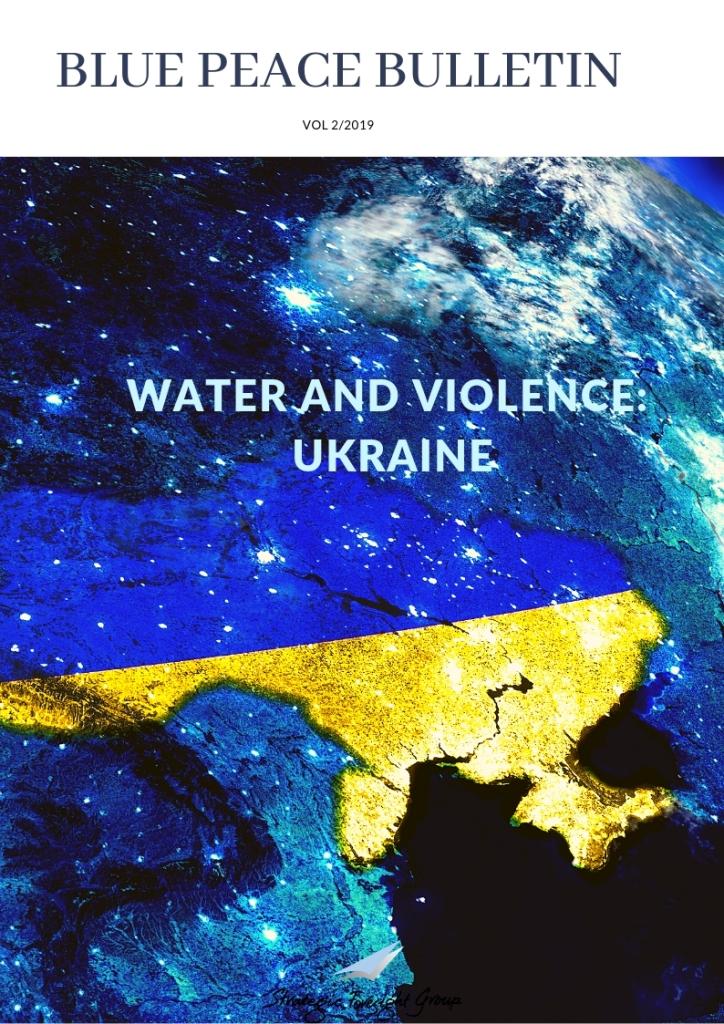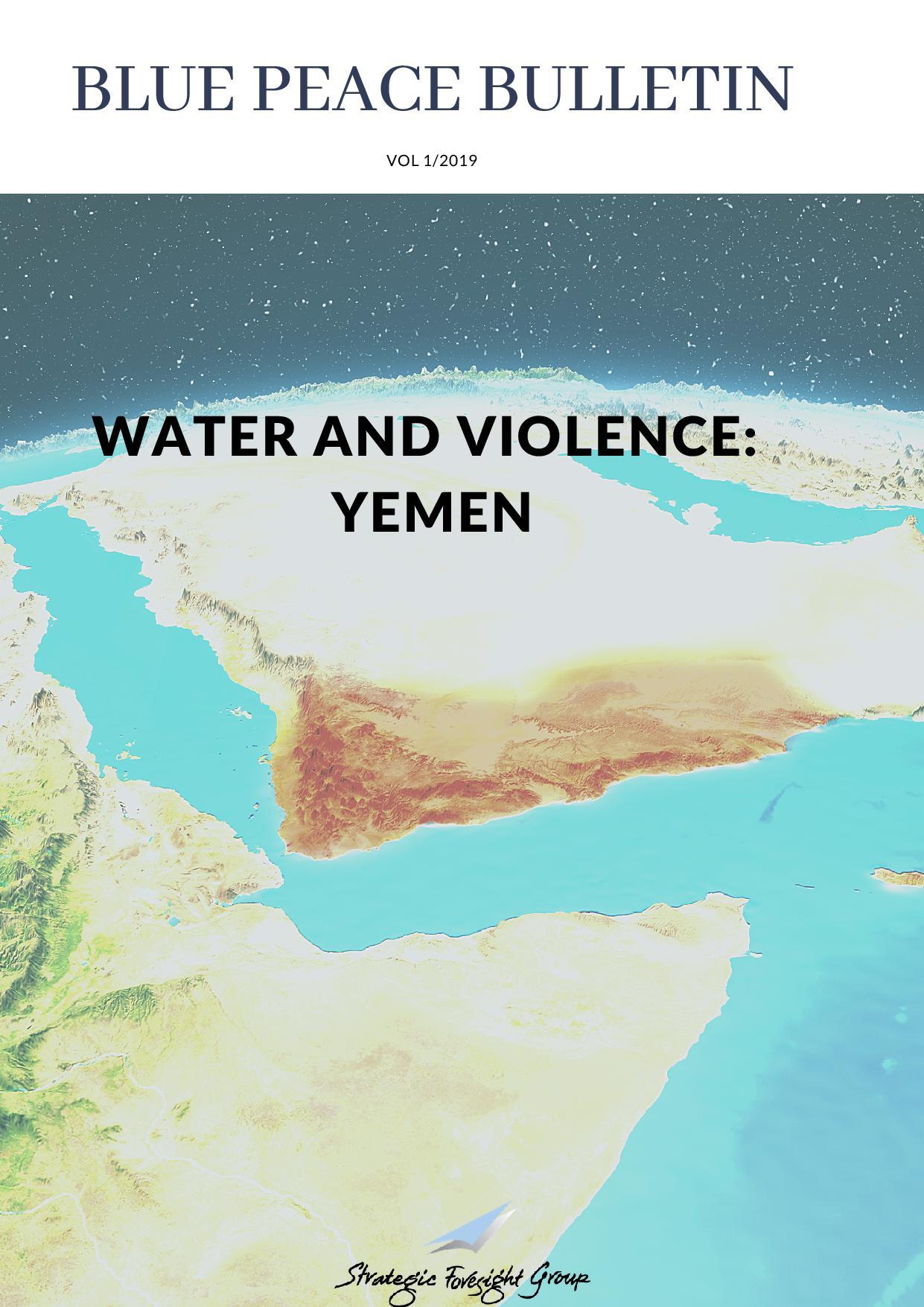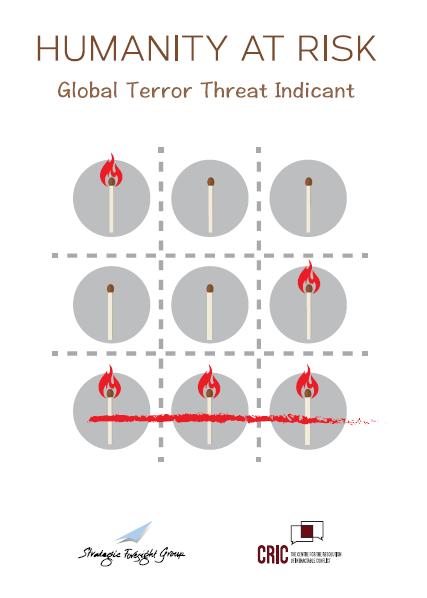Mind the �€˜Gap�€™ �€“ South Asia�€™s New Dilemma
|
|
September, 2010
By Joyanto Mukherjee
|
The ongoing conflict in Thailand has been covered diligently by the international press for the past few months. The media has been analysing the situation from every possible angle. This enthusiasm has, in return, managed to keep the spotlight away from a trend which can now be observed in many countries in this region. There is a growing �€˜gap�€™ between classes in countries in this belt and this is no more confined only to Thailand. The gap between the rich and the poor are expanding steadily, but surely. This trend, if not addressed immediately, will usher a new and dangerous era for countries in South and South Eastern Asia and may well cause a definite slowdown in the region�€™s march towards development.
The situation in Thailand is known to most. The ongoing clashes between the Red Shirts (mainly supporters of former Prime Minister Thaksin Shinawatra) and the current government are well documented. The main reason however has been subtlety ignored. The press has spoken about the rural unrest in the country but has not managed to spell out the details. The condition of the residents in North and North Eastern Thailand has been a major catalyst for the current problems in the country. The bulk of poverty-stricken Thais, who number around 6.5 million in total, are situated in these regions. A 2009 survey by the UNDP showed that the richest 20% of the Thai population own 56% of the country's wealth, while the bottom 60% has less than 25%.
A similar situation is brewing in Vietnam. Poverty levels among the ethnic minorities have fallen at a much slower rate in comparison to that of the ethnic majorities. This has seriously hampered the development of this section of the population. Vietnam has 54 officially recognized ethnic groups, of which the mainstream Vietnamese, the Kinh, account for 87%. Ethnic minority groups are 4.5 times poorer than the ethnic majorities and are expected to account for half of the poor population in the country by the end of 2010. There is a deep sense of alienation, especially as these people are confined mainly to the northern region of the country away from the major cities. The government�€™s development plans for this region are also not in pace with similar plans for other regions. A rapid growth in population and evident absence of opportunities may very well manifest in the form of conflict.
Pakistan is another example where the current levels of inequality have already resulted in internal tension. The level of poverty and inequality in the country is dreadful as studies have shown that over 50% of the total population falls under the poverty line, with most of the remainder hovering just above it. Different variants exist to describe the poor classes, including terms such as �€˜transitory poor�€™, �€˜chronic�€™ and �€˜extremely�€™ poor. The recent floods have resulted in visualising the real state of the people in the country. The growing gaps are enabling youngsters to turn towards other avenues in search of employment and joining terror groups has become one of these options. The growing gap has also resulted in several internal protests and a feeling of agony has developed within these people. With the country grappling with various negative issues, these feelings can easily be converted into brute force and conflict by �€˜interested�€™ parties, and the danger of an all out civil war in Pakistan looms large. Even though a civil war due to other reasons has been predicted earlier, but the economic conditions of the masses currently may well be final straw and the ultimate catalyst.
India, despite its strides in terms of economic progress harbours vast inequality. 65% of the population depends on agriculture for their livelihood, a sector that accounts for only 18% of the GDP. This share has been declining drastically over the past two decades. In 2009-10, India�€™s GDP grew at over 7%, but the agricultural output registered a rise of just 0.21%. Government schemes, which have reflected pretty pictures, have often managed to neglect the inadequacies. With a rapidly growing population and a widening gap between the urban rich and the rural poor, the country is headed towards an era where if the fruits of economic development are not evenly distributed, internal conflict is inevitable. The current naxalite situation in Northern India is the perfect example where a certain section of the population is being brainwashed to raise arms against the government as this section has been deprived of certain developmental opportunities. This has resulted in the killing of hundreds of policemen and civilians. The growing sense of alienation in the northeast is another example, but both of these can convert into bigger problems in the future. Neglect of the countryside in China is another example of this growing socio-economic gap and has pointed out by SFG in its 2008 report named �€˜Global Security and Economy: Emerging Trends.�€™
These are few examples which reflect a severely disturbing trend in this region. Countries are galloping towards development and GDP estimates, but in their haste are leaving behind a huge part of the population which is in actual need of attention. The problem is bound to become uncontrollable in the future as most of these countries are ignoring these signs. With the urge to match the levels set by China, other western developed economies, these countries have developed a sense of amnesia with regards to creating a balanced development. They are now petting a dog whose bite will be much worse than its bark. Progress and political stability in these developing countries will ultimately depend upon the prosperity of the periphery.
Related Publications
Related latest News
Related Conferences Reports
-

P5 Experts Roundtable on Nuclear Risk Reduction
Download:Geneva Roundtable Report
-

Roundtable on Global Security and Catastrophic Risks
Download:Report on RT revise





